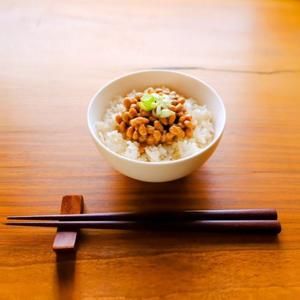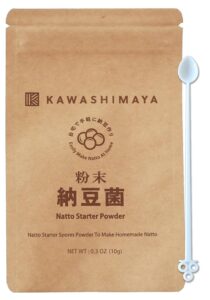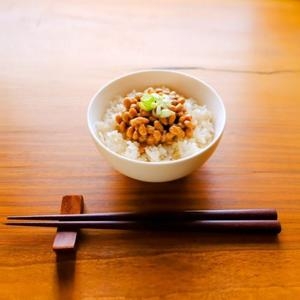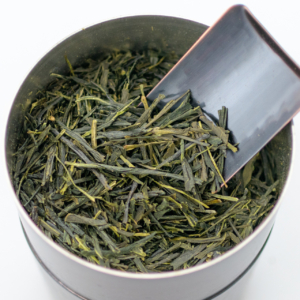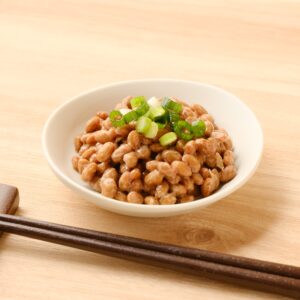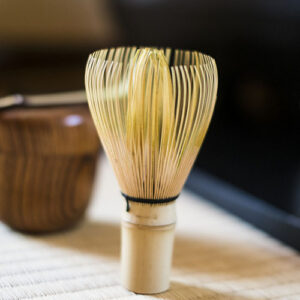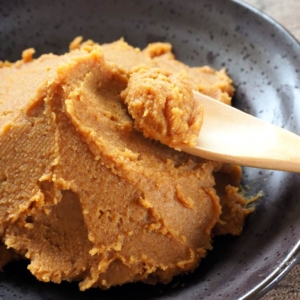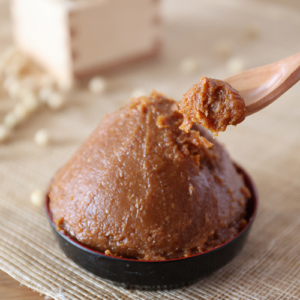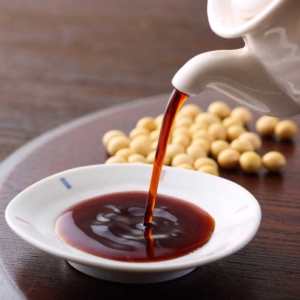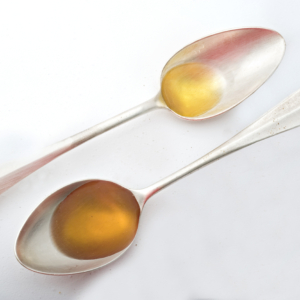Ever since thousands of years ago, natto has been a staple breakfast food in Japan. Natto is believed to have multiple health benefits that it has become a folk remedy for heart diseases and fatigue. Today, the health benefits of natto have been proven by multiple scientific research.
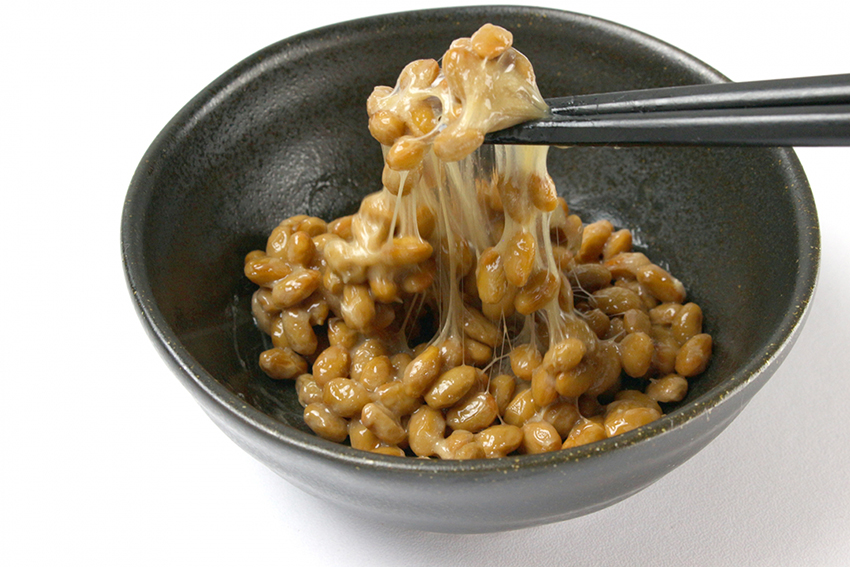
An enzyme contained in natto has been found to have fibrinolytic activity in which the enzyme will help break down fibrin clots and coagulated blood products in the human body. This enzyme is known as nattokinase.
 Content List
Content List
- Nattokinase
- How Does Nattokinase Work in A Human Body?
- The Recommended Consumption of Nattokinase
- The Potential Health Benefits of Nattokinase
- Blood Clot Prevention And Treatment
- Decrease Blood Pressure
- Shrinks Nasal Polyp Tissue in Patient With Chronic Rhinosinusitis
- Make Natto At Home
- Experiment Report on Bacillus Subtilis Natto
- Frequently Asked Questions
Disclaimer: All the information on this article is published in good faith and for general information purpose only. If you wish to read in detail about nattokinase, you can follow the links through the hyperlinks and references in this article.
Nattokinase
The term nattokinase was first used by Dr. Hiroyuki Sumi and his team in 1987 in a research called “A novel fibrinolytic enzyme (nattoki-nase) in the vegetable cheese natto; a typical and popular soybean food in the Japanese diet”
So what exactly is nattokinase? Is it food? Is it a supplement?
Well, nattokinase or NK for short is an enzyme that exists in natto and is proven to protect the body from cardiovascular disease. Nattokinase can be found in the stretchy and sticky part of natto.
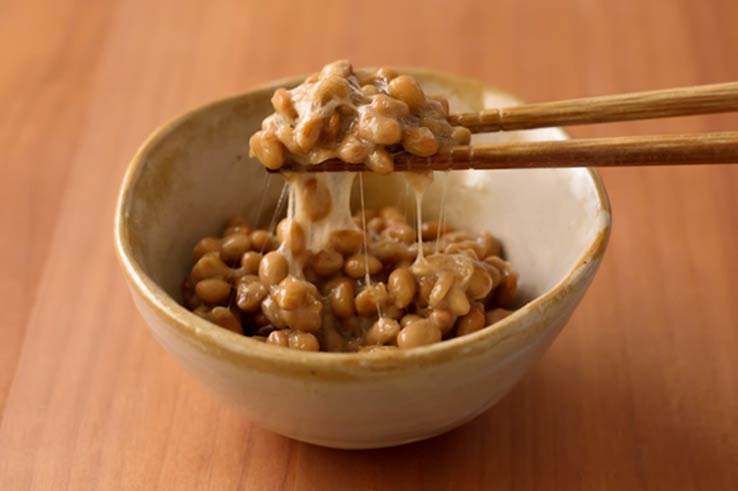
Natto is made by fermenting boiled soybeans with natto starter called bacillus subtilis natto. Nattokinase is derived during this fermentation process. That is why this enzyme can only be found in natto and not in other food. During fermentation, natto starter also helps the natto to produce dietary fibers, amino acid, and other beneficial nutrients.

Even though natto can be made with other beans like black beans or red beans, soybean is still the best choice to make the healthiest natto. According to Dr. Hiroyuki Sumi, the protein in soybeans helps to produce nattokinase more efficiently.
How Does Nattokinase Work in Human Body?
Nattokinase is famous for its ability to break down thrombus (blood clots). It acts directly on fibrin which is the main component of thrombus, it activates a thrombolytic enzyme called pro-urokinase, and increases the amount of tissue plasminogen activator (t-PA) that produces thrombolytic enzyme called plasmin.
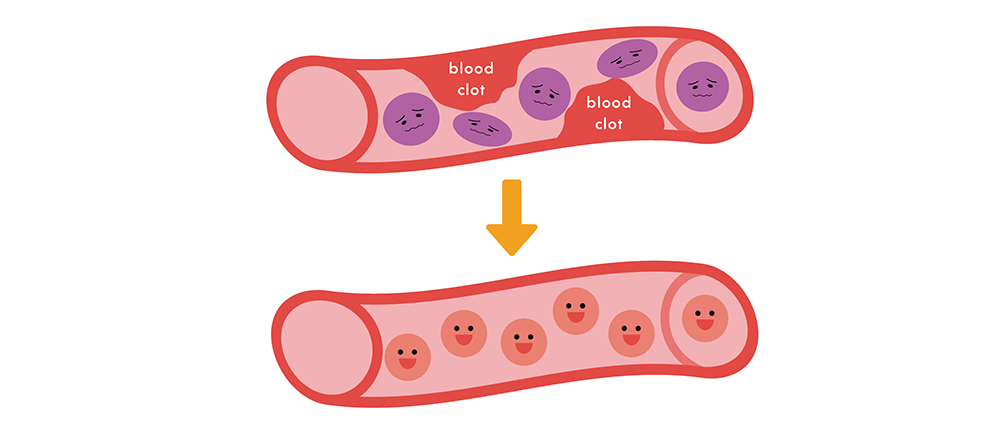
To put it simply, nattokinase has a preventative and reversing effect on blood clotting in the blood vessel.
Blood clot can ruin the blood flow and cause health issues like heart disease, stroke, and many others. Therefore, it is important to maintain good blood flow in the body.
The Recommended Consumption of Nattokinase
According to the Japan Nattokinase Association, nattokinase is said to be more effective to be consumed in the evening or before you go to sleep (6pm to 12am) because blood clots are easier to form during night until early morning.
Source:
The Japan Nattokinase Association
The recommended amount of nattokinase is more than 2000 FU per day.
FU or Fibrinolytic Unit is a measurement unit that counts enzyme activity. The higher the number the more active the enzymes. You can say that FU is more of a measurement of quality rather than quantity. It is generally used to measure the potency of nattokinase inside natto or nattokinase supplement.
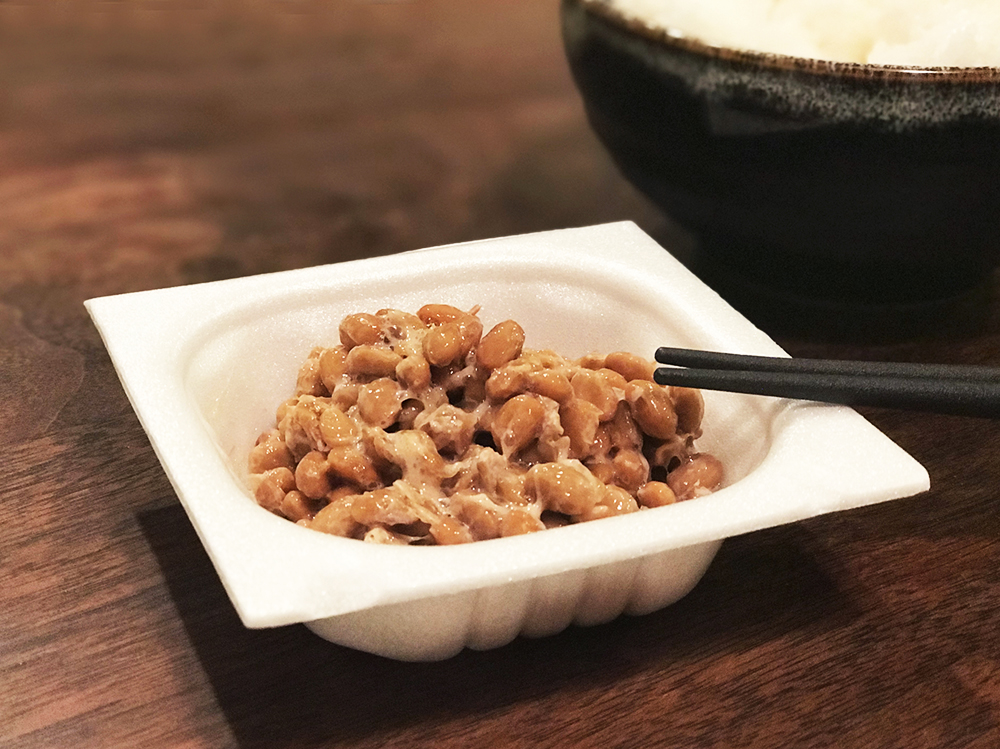
A pack of 50 gram natto usually contains around 1500 FU of nattokinase. However, the measurement of nattokinase in each brand may vary. Natto that is nearing the expiration date also has less enzyme activity. All in all, it is recommended to consume around 1 to 2 packs of natto per day.
The Potential Health Benefits of Nattokinase
Thrombosis Prevention And Treatment
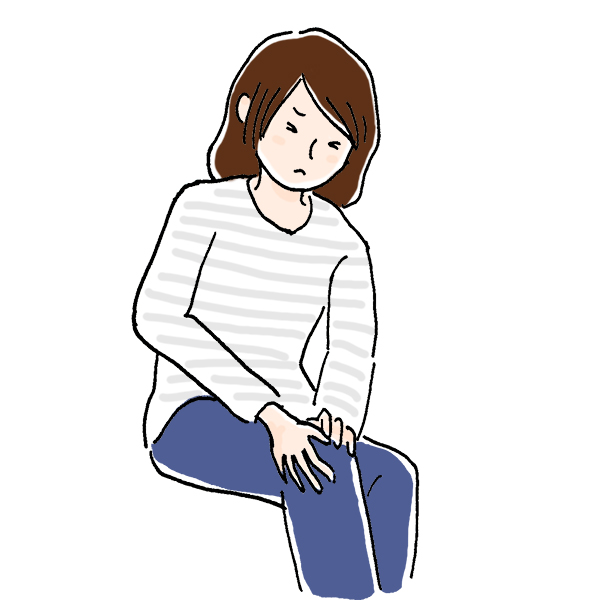
Blood clot in the blood vessel also known as thrombosis, can prevent the blood from flowing smoothly and can lead to serious cardiovascular disease. Blood clot plays an important role in the human body. For example, if you get injured or cut, blood clots will form to stop the bleeding. However, blood clot can be a problem if it happens in the area where it’s not supposed to form.
Blood clot that is located in the blood vessel can be safely dissolved by letting the body to naturally remove it. This process can take weeks to years. Some patients with thrombosis also take thrombolytic drugs to help the dissolving process. Unfortunately, thrombolytic drugs may come with a risk of bleeding.
Nattokinase is a natural substance that can support the body to dissolve blood clot. Unlike thrombolytic drugs, nattokinase treatment has a low risk of bleeding especially if consumed together with dexamethasone.1
Nattokinase exhibits exceptionally potent fibrinolytic activity. Natto, a soybean product fermented by B. subtilis (natto) and rich in NK, has been served as a traditional food in Asia for hundreds of years and has recently garnered increased interest in Western medicine. Various animal and human trials have demonstrated that NK improves blood circulation and helps decrease the risk of a variety of cardiovascular diseases without producing any adverse side effects.
Decrease Blood Pressure

High blood pressure or hypertension is a challenging problem in current society. Mainly caused by bad diet and unhealthy lifestyle, hypertension can be a risk factor for cardiovascular disease.
In a randomized controlled trial in Korea, a research found statistically significant reduction in blood pressure related to nattokinase supplementation. The research also provides new evidence that supports nattokinase as a supplement to prevent and treat hypertension.2
Our study, with the largest sample size and several measurements of blood pressure, indicated that nattokinase supplementation reduced both SBP (Systolic blood pressure) and DBP (Diastolic blood pressure).
Shrinks Nasal Polyp Tissue in Patient With Chronic Rhinosinusitis

Chronic Rhinosinusitis is a disease where there is inflammation in the nasal cavity, causing the patient to have a reduced sense of smell, breathing difficulty, and pain around the eyes, nose, and forehead. Patients with chronic rhinosinusitis can be divided into two types: the ones with nasal polyp and the ones without.
Chronic rhinosinusitis with nasal polyp, or CRSwNP for short, is a disease that is usually comorbid with asthma. Therefore, it is quite common to find CRSwNP patients that also suffer from asthma.3
Due to nasal obstruction and loss of smell, the best treatment would be to eliminate the nasal polyp tissue. Many patients who have this disease usually have to go through a surgical process to clear their nasal passages.
Nattokinase is categorized as fibrinolytic protease, so it can break down proteins and turn them down into digestible individual amino acid units. Nattokinase can shrink nasal polyps through fibrin degradation.4 Regular intake of nattokinase can be a therapeutic alternative for people who have Chronic rhinosinusitis with nasal polyp.
The possibility of both local and oral administration of Nattokinase suggests it is a promising drug candidate for use in the treatment of both CRSwNP and asthma as well as prevention of nasal polyp recurrence after surgery.
…
We showed that NK effectively shrinks surgically removed the nasal polyp tissue by causing fibrin degradation. In addition, the viscosity of the nasal discharge and sputum was significantly reduced by incubation with NK solution. Our results provide proof of the concept that NK may be an effective alternative therapeutic option in patients with CRSwNP and comorbid asthma.
Make Natto at Home
The best way to intake nattokinase is through eating natto regularly. Natto has a long history of human consumption in Japan. So it is very safe to eat natto everyday and gain health benefits from it.
Do you know that you can make natto at home? All you need is soybeans, natto starter, pressure cooker, and a rice warmer.
Related article:
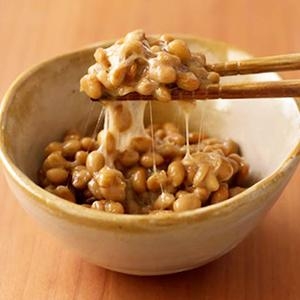
Also Available On Amazon USA
Natto Starter Spores Powder 3g – 100% Organic Soybean Extract
Easily make natto at home with this natto starter powder to get the best health benefits of natto every day! We use 100% purely cultured natto starter extracted from organic soybeans (not genetically modified). Compared to the general natto starter, this product is characterized by its strong fermentative power.
Experiment Report on Bacillus Subtilis Natto
Nattokinase is just one of multiple good substances that resides in Natto. The fermentor agent of natto, which is bacillus subtilis natto, carries multiple benefits as well. Here are the experiment results on bacillus subtilis natto provided by Japan Nattokinase Association:
Bacillus subtilis natto has been proven to have growth stunting action on animal-derived pathogens. When animal-derived pathogens like E.coli and salmonella are cultured and mixed with bacillus subtilis natto, the bacteria growth is significantly stunted. During seven days of experiment, bacillus subtilis natto has lowered the amount of bacteria concentration especially after three days.
Bacillus subtilis natto is also proven to stunt the growth of other bacteria namely S.aureus and C.albicans. It can be concluded that generally bacillus subtilis natto has an antibacterial activity.
Frequently Asked Questions
- Is nattokinase safe to consume?
- Nattokinase is perfectly safe especially if you consume it naturally from natto. Nattokinase can also be obtained by taking nattokinase supplements.
- Are there any side effects from consuming nattokinase?
- Nattokinase is generally safe to consume as food. This conclusion is based on the fact that there are almost no side effects reported from human clinical trials. Nattokinase itself has been a great part of Japanese diet and has been consumed for thousands of years.
Although, you should be careful especially when nattokinase is paired with medicine such as warfarin (anticoagulant) and aspirin (pain and inflammation reducer). For patient with cerebral microbleeds, nattokinase may increase the risk of intracerebral hemorrhage if consumed together with said medicines.5
Nattokinase is a blood thinning substance, therefore consumption in big amounts is not recommended if you have a bleeding disorder or are about to go through a surgery. If you have one of these particular conditions, please consult with your doctor first.
- Is natto the same as nattokinase?
- Natto is a traditional Japanese food that is proven to have many health benefits. It is fermented boiled soybeans. Nattokinase is an enzyme that resides in natto.
- Is it enough to just consume nattokinase to prevent unwanted blood clot?
- Taking nattokinase regularly is one of the measures to prevent blood clot, but it is also crucial to maintain a healthy diet and exercise regularly.
- How much natto should I eat to get the benefit of nattokinase?
- According to the Japan Nattokinase Association, about 1-2 packs of 50 gram natto per day (each that has 1500 FU of nattokinase).
References
- Guo, H., Ban, Y., Cha, Y. et al. Comparative anti-thrombotic activity and haemorrhagic adverse effect of nattokinase and tissue-type plasminogen activator. Food Sci Biotechnol 28, 1535–1542 (2019). https://link.springer.com/article/10.1007/s10068-019-00580-1
- Kim, J., Gum, S., Paik, J. et al. Effects of Nattokinase on Blood Pressure: A Randomized, Controlled Trial. Hypertens Res 31, 1583–1588 (2008). https://www.nature.com/articles/hr2008203
- Schleimer RP, Kato A, Peters A, Conley D, Kim J, Liu MC, et al. Epithelium, inflammation, and immunity in the upper airways of humans: studies in chronic rhinosinusitis. Proc Am Thorac Soc 2009;6:288e94. https://www.ncbi.nlm.nih.gov/pmc/articles/PMC2677404/
- Tetsuji Takabayashi, Yoshimasa Imoto, Masafumi Sakashita, Yukinori Kato, Takahiro Tokunaga, Kanako Yoshida, Norihiko Narita, Tamotsu Ishizuka, Shigeharu Fujieda, Nattokinase, profibrinolytic enzyme, effectively shrinks the nasal polyp tissue and decreases viscosity of mucus. Allergology International, Volume 66, Issue 4, 2017, Pages 594-602, ISSN 1323-8930, http://www.sciencedirect.com/science/article/pii/S1323893017300400
- Chang YY, Liu JS, Lai SL, Wu HS, Lan MY. Cerebellar hemorrhage provoked by combined use of nattokinase and aspirin in a patient with cerebral microbleeds. Intern Med. 2008;47(5):467–469. doi:10.2169/internalmedicine.47.0620
- Sumi, H., Hamada, H., Tsushima, H. et al. A novel fibrinolytic enzyme (nattokinase) in the vegetable cheese Natto; a typical and popular soybean food in the Japanese diet. Experientia 43, 1110–1111 (1987). https://link.springer.com/article/10.1007/BF01956052
- Weng Y, Yao J, Sparks S, Wang KY. Nattokinase: An Oral Antithrombotic Agent for the Prevention of Cardiovascular Disease. Int J Mol Sci. 2017;18(3):523. Published 2017 Feb 28. doi:10.3390/ijms18030523

